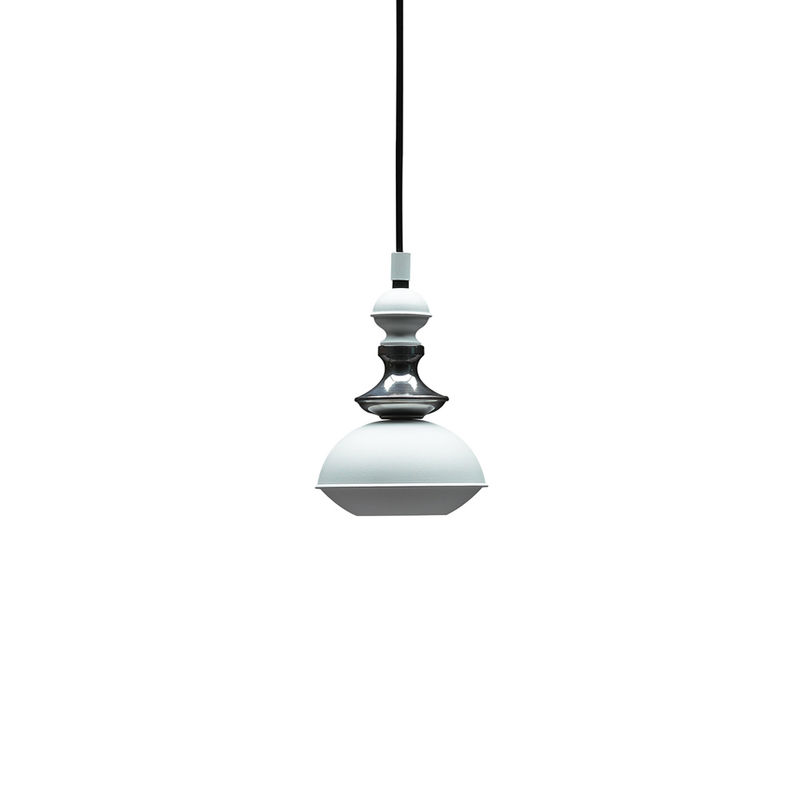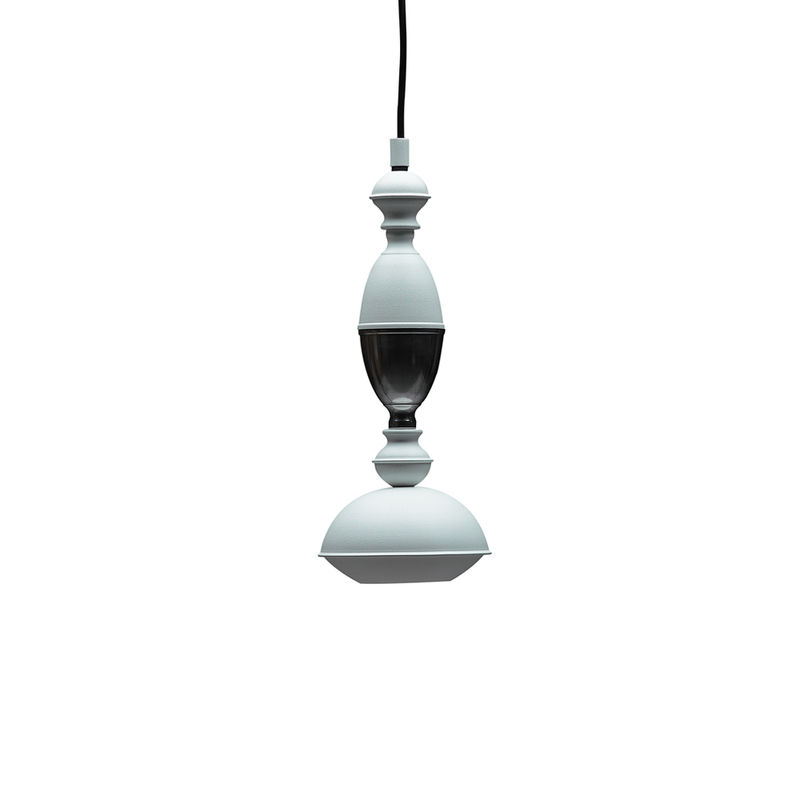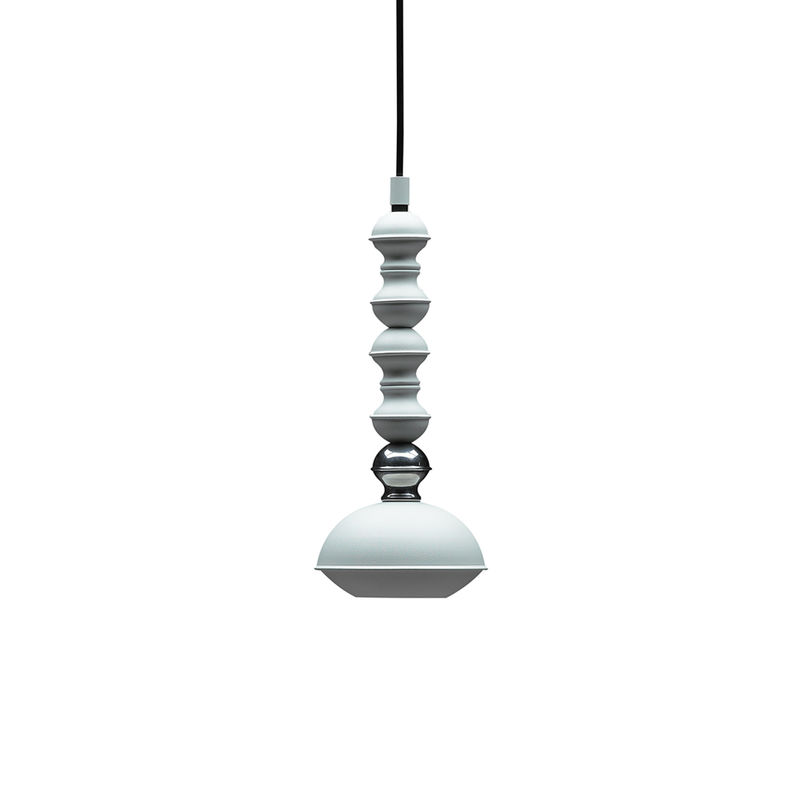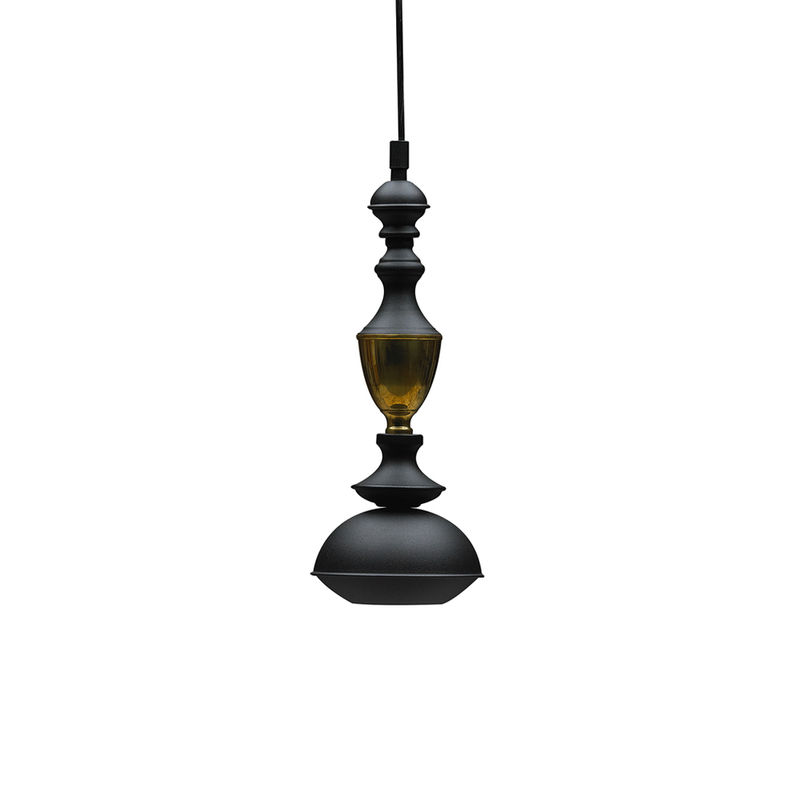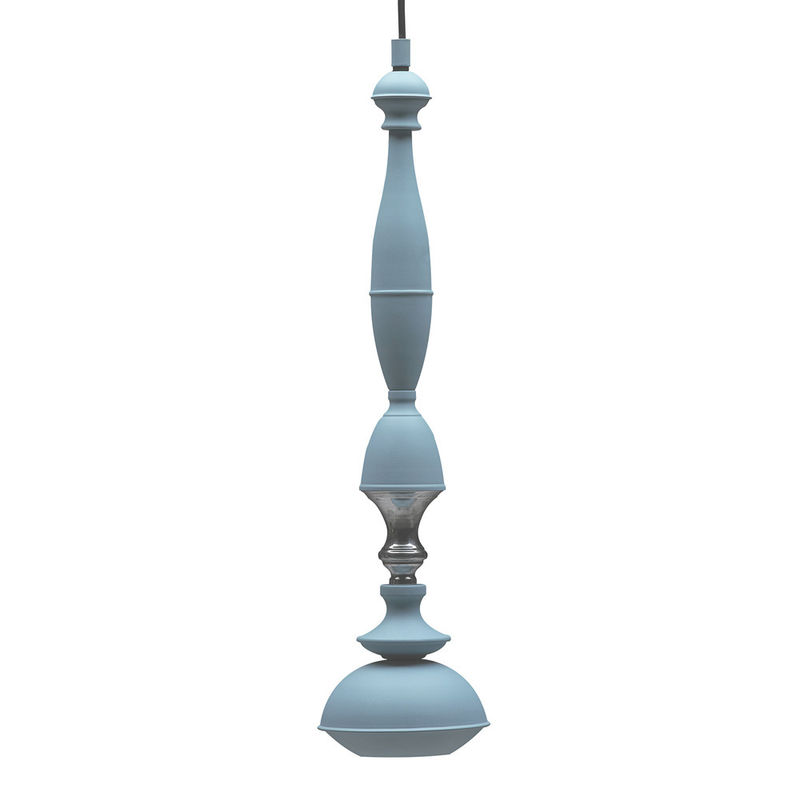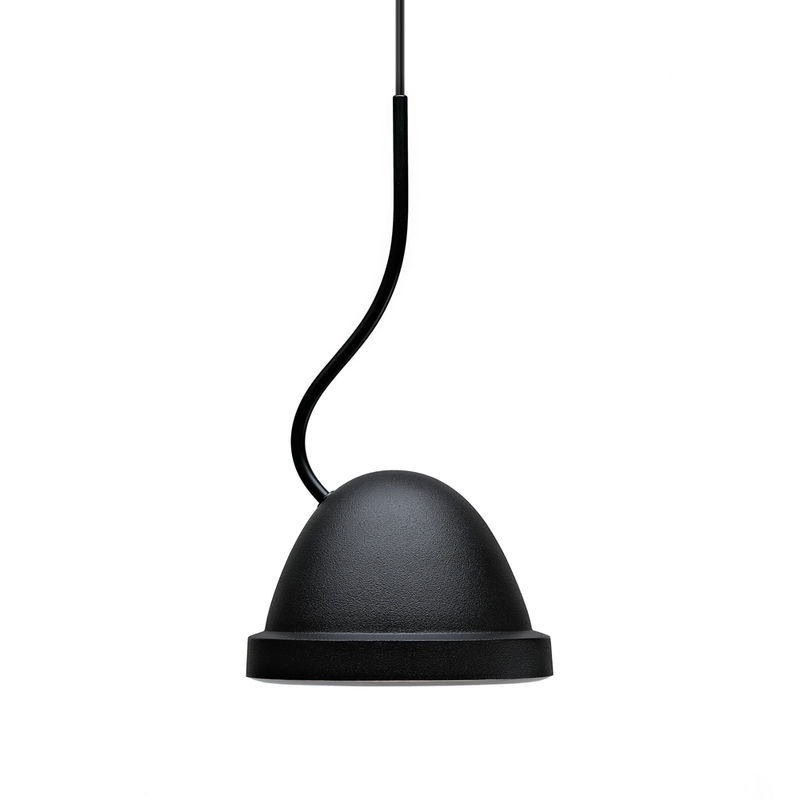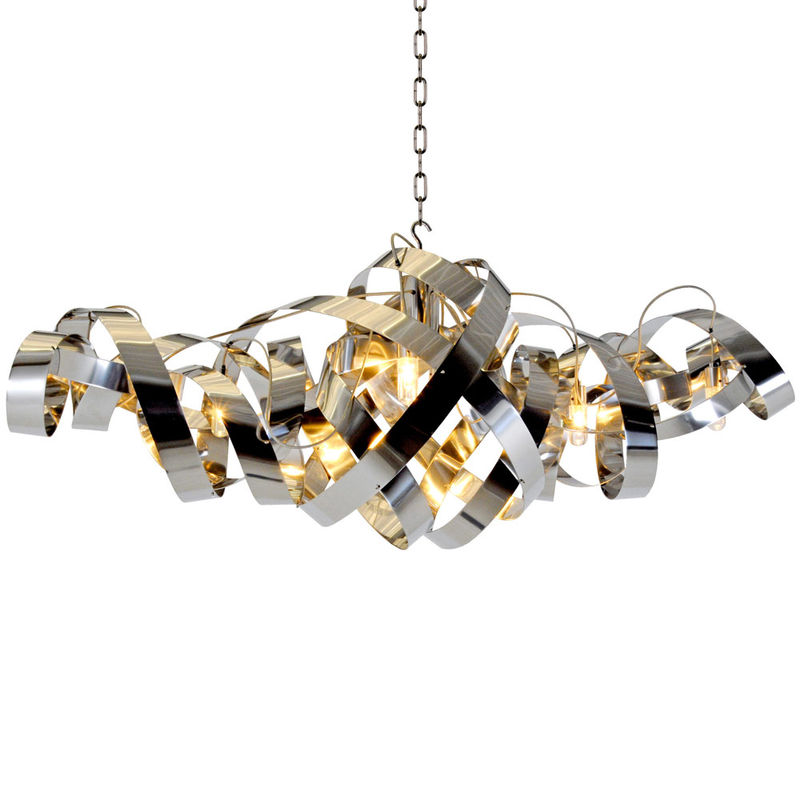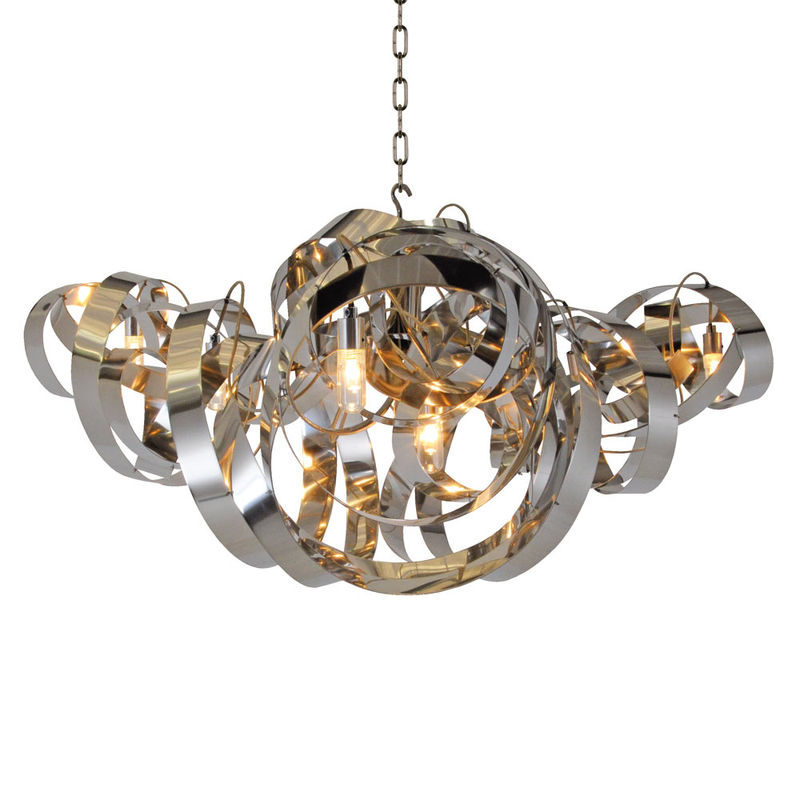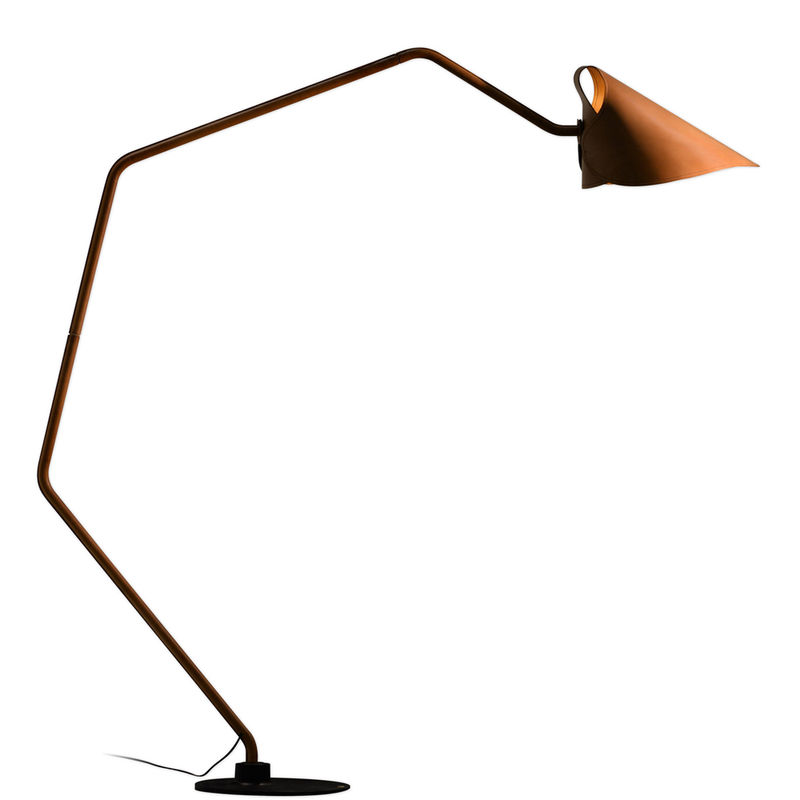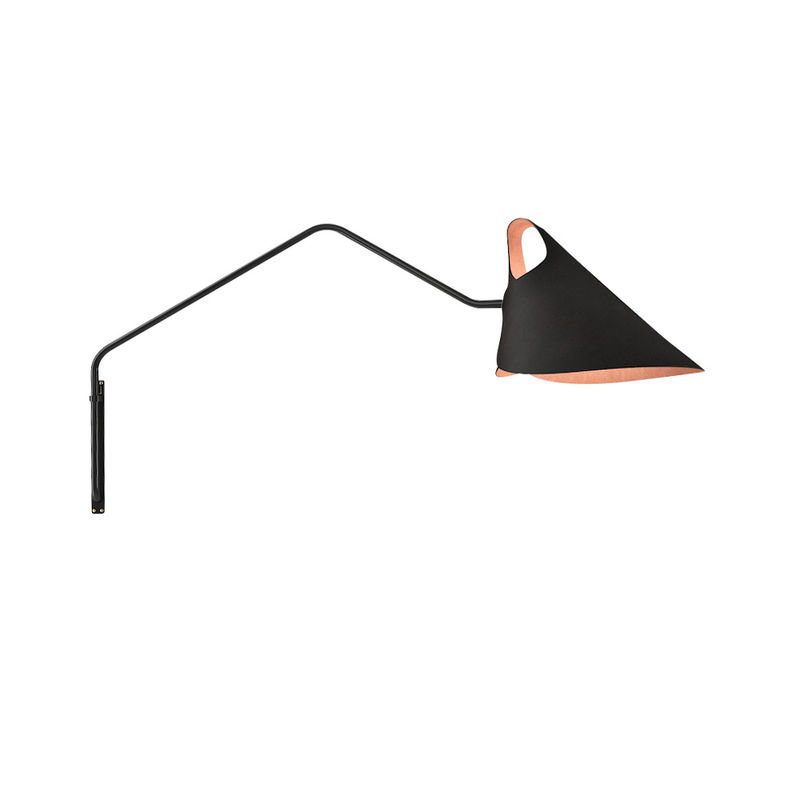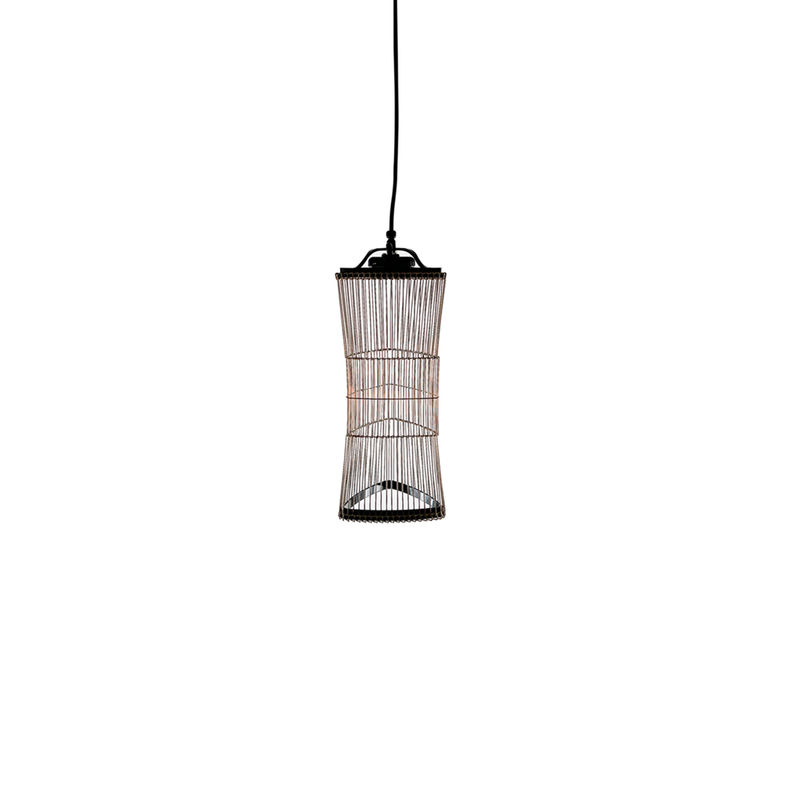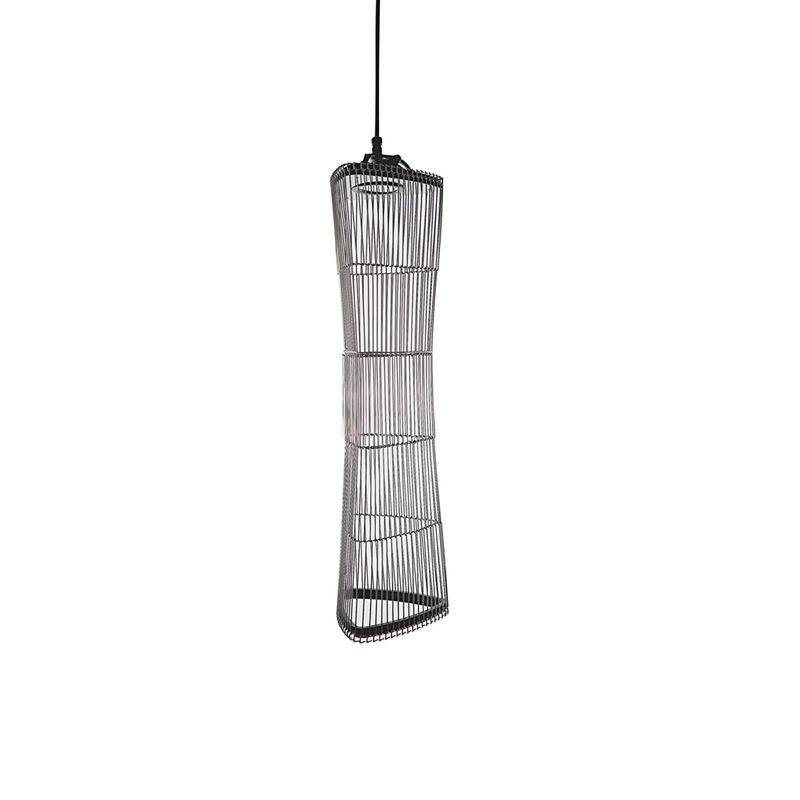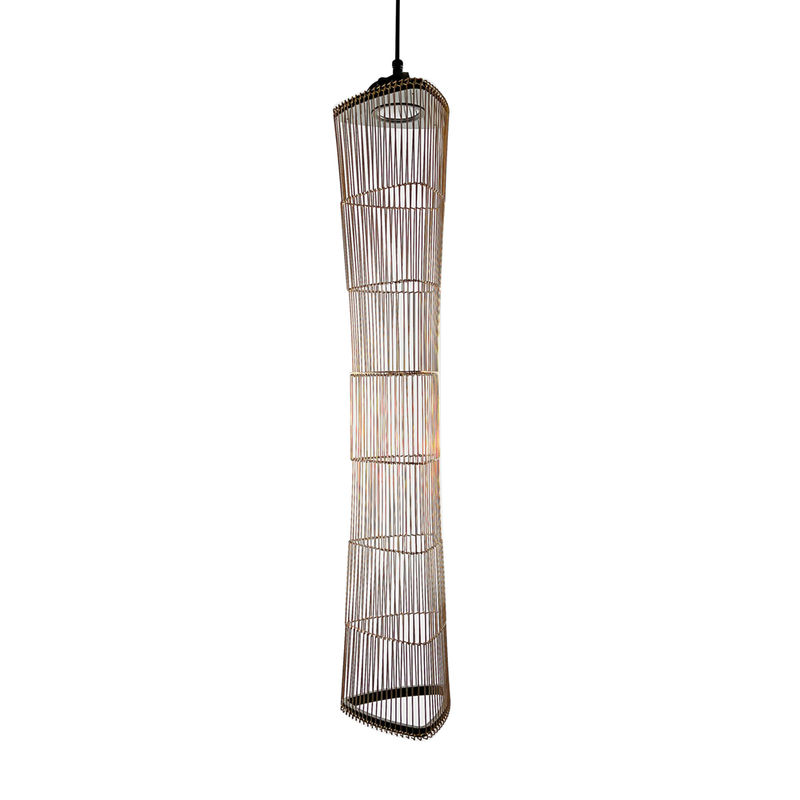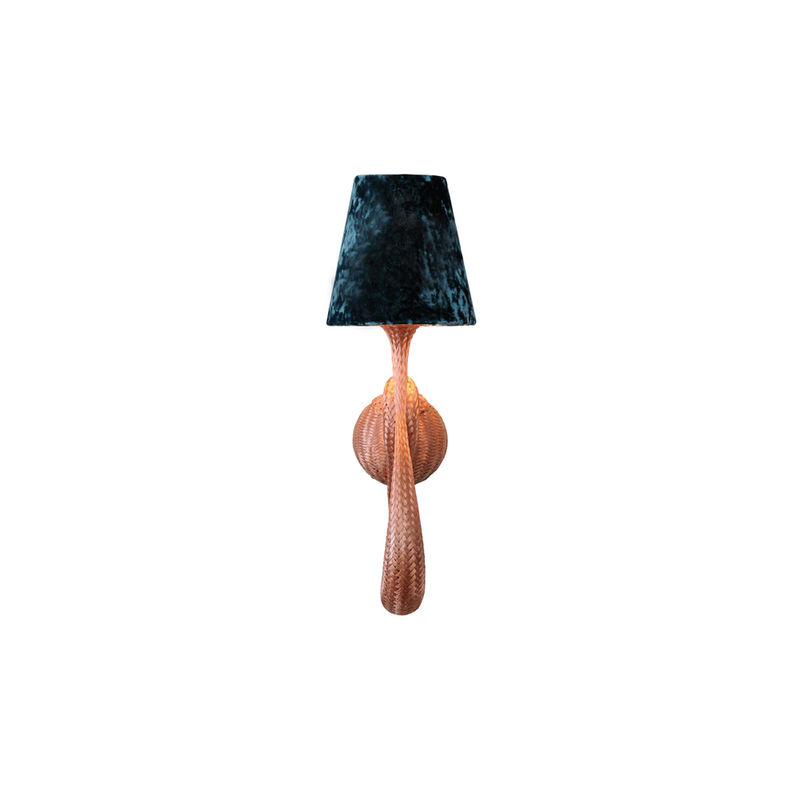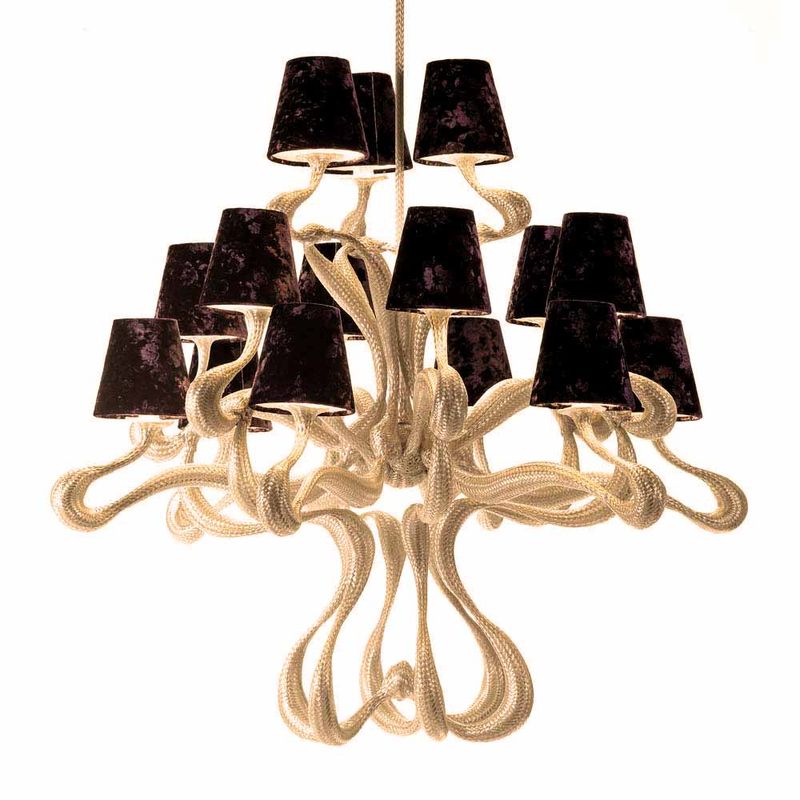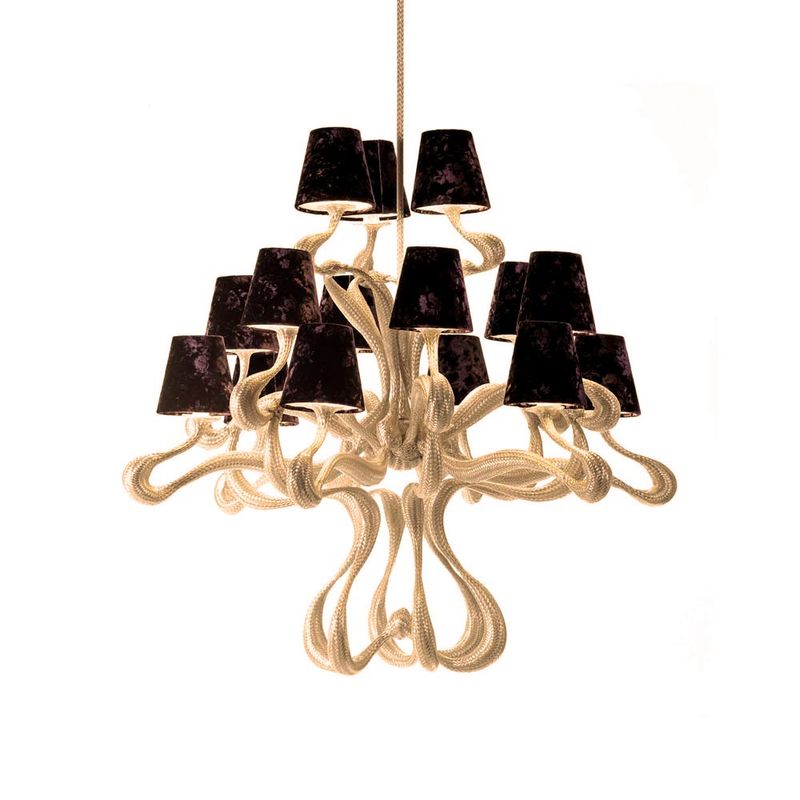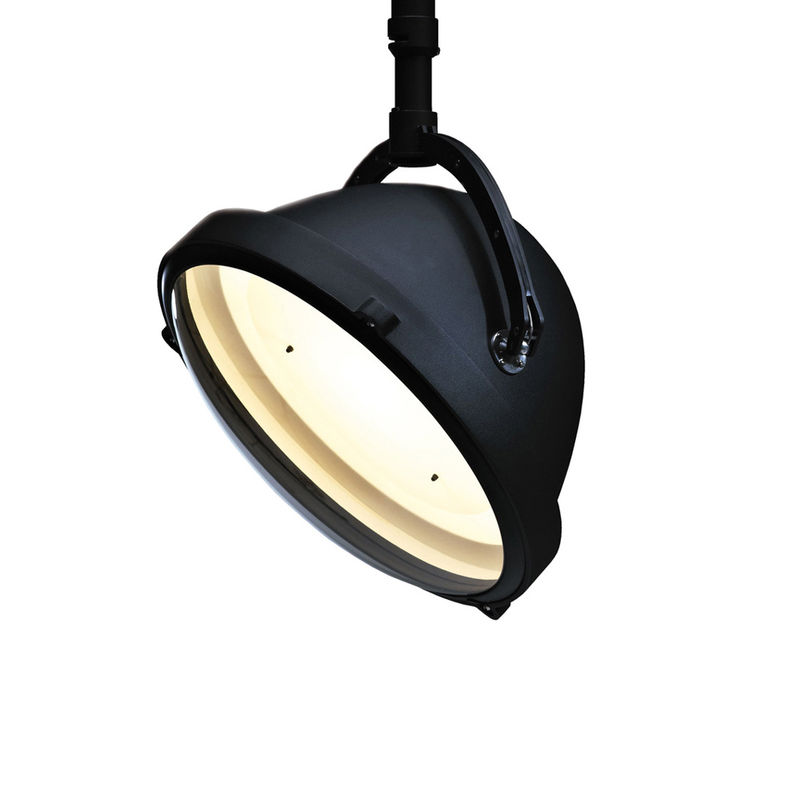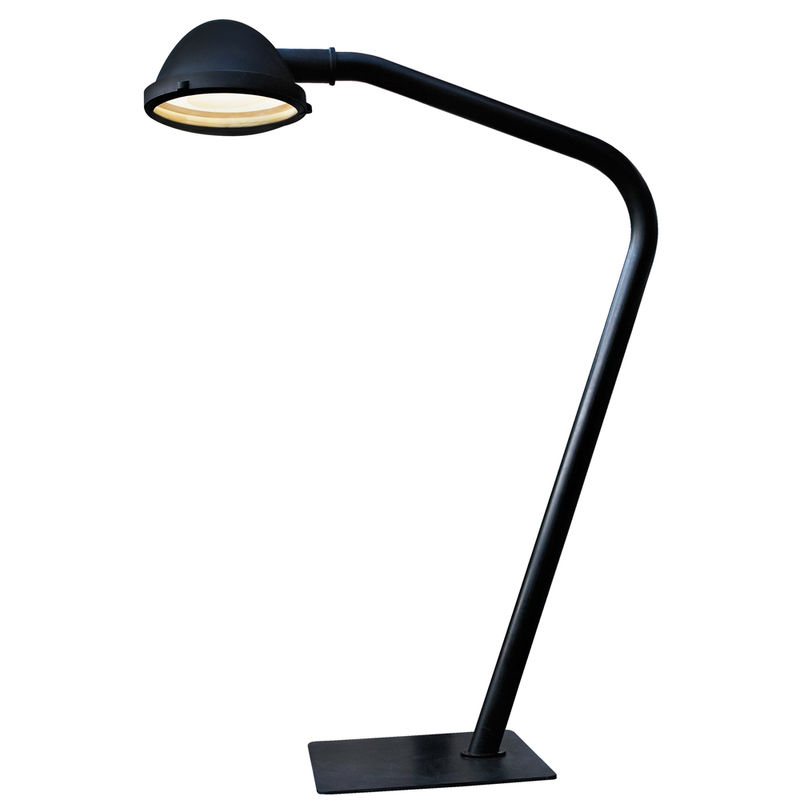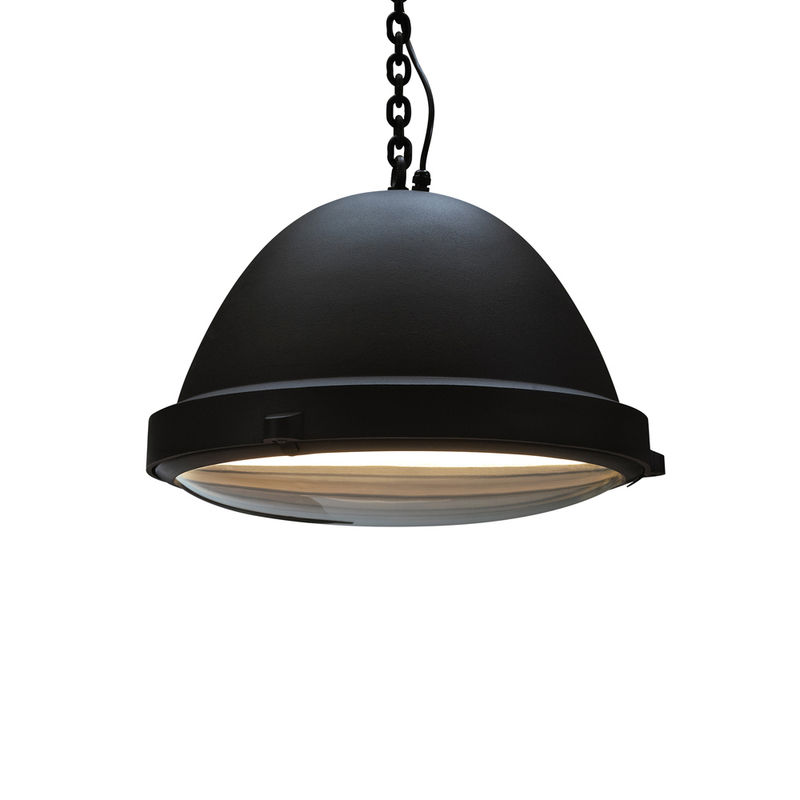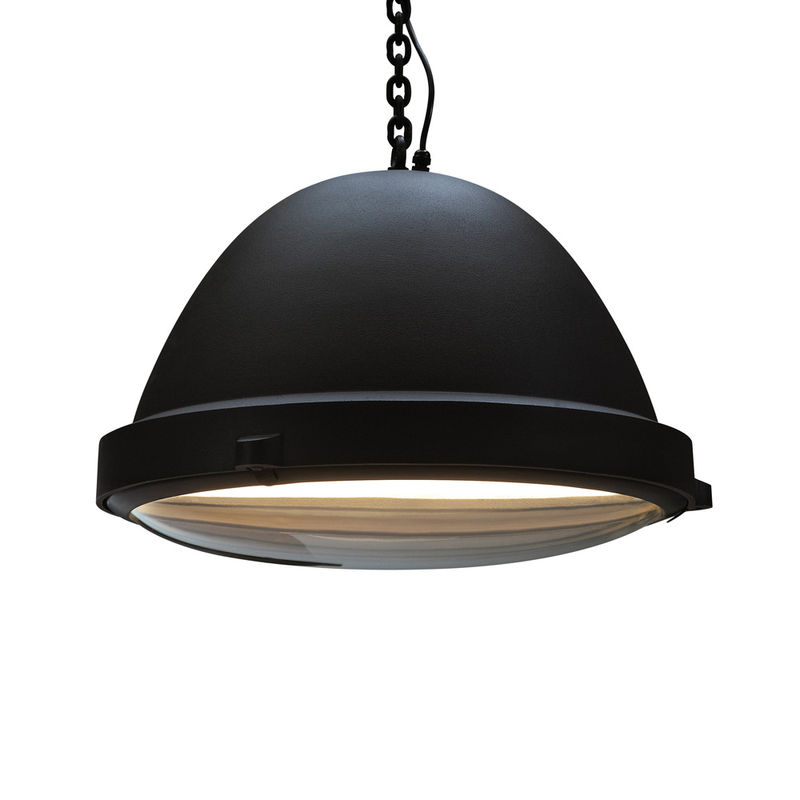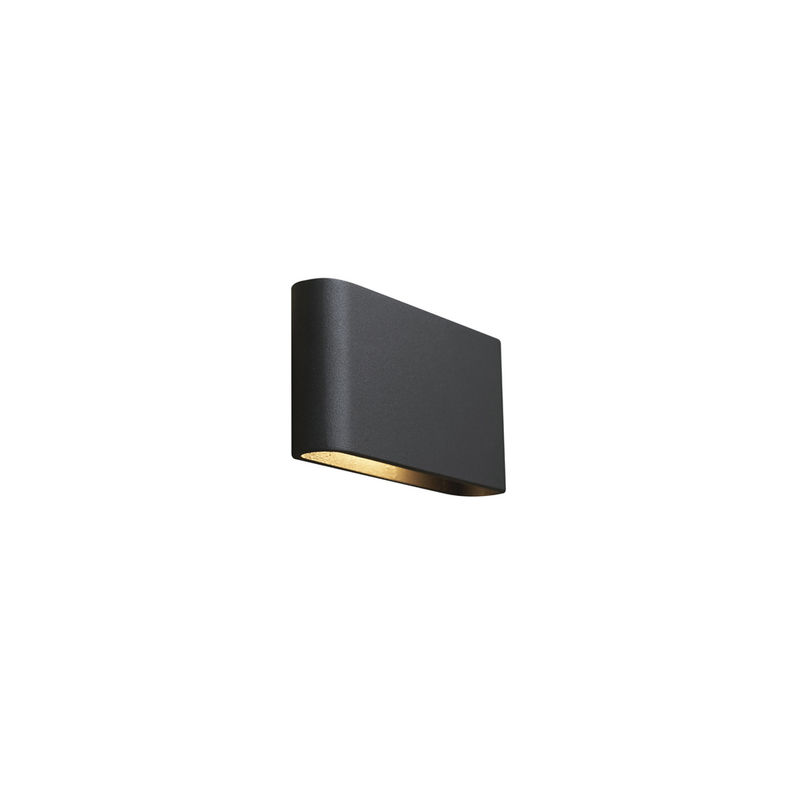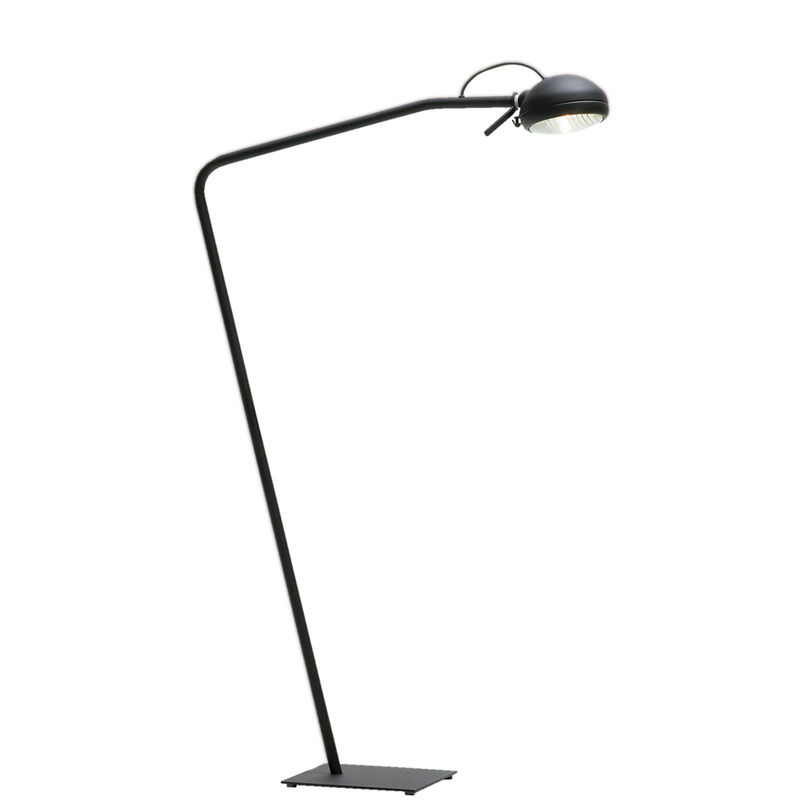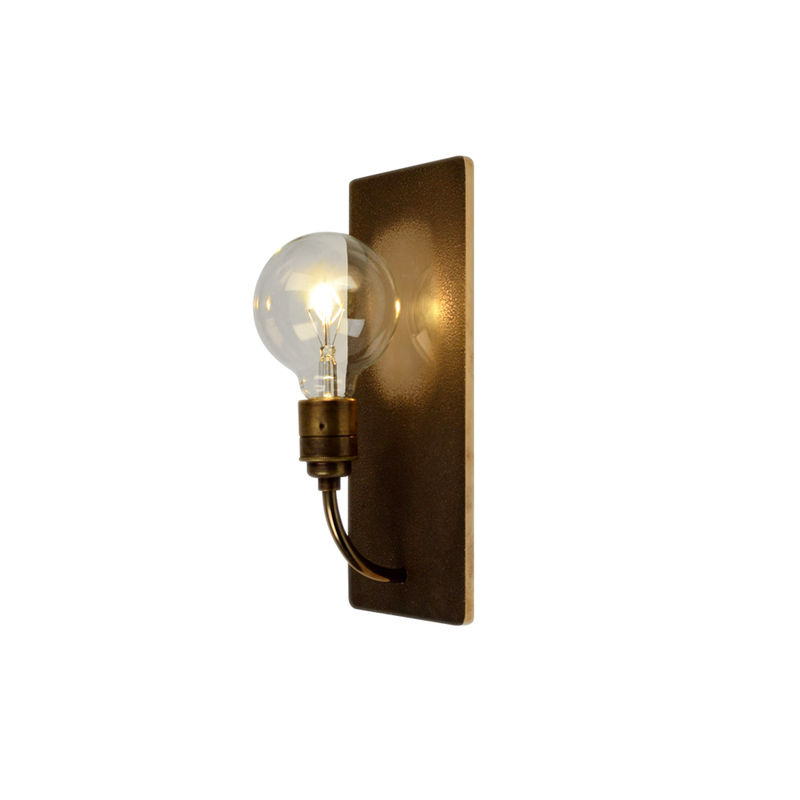About Jacco Maris
The Netherlands-based Jacco Maris produces handmade fixtures spanning stylistic notes from industrial chic to stunningly beautiful. To know Maris is to understand the passion behind his brand and to recognize a visionary dedicated to the height of artistry. He is, in a nutshell, a master of steel—the material is his muse, and he is an artist who happens to illuminate his creations. Maris’s early interior design education took place in the Utrecht in his home country of The Netherlands. He then spent some time at the Design Academy Eindhoven, a school that nurtures the talents of many of Holland’s biggest design stars. In 1994, he launched his own design firm, beginning with window displays and then moving into interior design.
that he had the proportions right. The curvaceous fixtures are more in keeping with the over-the-top organic shapes that have become his bestsellers. Surprisingly, he notes his own sensibilities lean more toward industrial than decorative. That said, he’s determined to create a unique oeuvre featuring a mix of both. “I’m not trying to make a collection that fits together,” he says. “I am attempting to create a series of icons.” One of the most surprising aspects of the Ode 1647 is the material it’s made of—high-pressure hose you would find in racecars and the mechanical elements of elevators. Its name sprung from its design inspiration: the classic chandeliers made in the 1600s.
Artist Frank de Wit, whose main task is to spread the word about Jacco’s immense talent, and the company’s nurturing of craftsmanship through a concentration on refinement and quality, says of the Ode and other swirling fixtures like the Montone, “You can hang one in a space and it ornaments it like a piece of jewelry.” A survey of Jacco’s collection and his bespoke fixtures, whose designs sprung from mainstays in his collection, do “read” as jewelry–with finishes as diverse as polished steel to brushed brass. Some of his most statuesque fixtures, such as the one above, could serve so cleverly as both lighting and art in municipal or commercial settings lacking funds for public art. We at Global Lighting are tremendously excited to see lighting making an aesthetically rich impact on daily routines. We’re not alone in this excitement.
The luxury publication Robb Report stated, “Jacco Maris of the Netherlands explodes the country-quaint image of Delftware by applying medieval painting technique to his white-coated stainless steel Montone chandeliers.” Other mentions garnered from the American press include a Jacco Q&A on Architects + Artisans; and FORM, which stated, “For close to 20 years, Jacco Maris has been cooking up inventive, lovely lighting.” Materials and Sources featured both the Outsider and the Montone Oval, noting its “graceful and organic” shape, while Materialicious calls the Ode 1647 one of three “stunning chandeliers” by our talented collaborator.
Maris’s first collection was developed when a client asked him to create a light fixture for a room he had designed. His inspiration sprung organically from his life, as he enjoyed taking trips to the scrapyard, where he would gather raw materials for what would become one of his early signature materials: curvy steel. “I bought a roll of metal and found some tubes and other materials at the scrapyard,” he explains. “My first small collection was called Ruban Plié, which is French for bent steel.” The year was 1996, and Maris has never looked back, continually pushing the stylistic envelope. Though he’s become known for his elegantly entwined metal sculptures punctuated with light sources, he has pushed into new material territory with his latest releases, such as the Outsider and Ode 1647.
The idea for the Outsider was born when Maris came across 500 headlights salvaged from Russian tractors. He designed an oversized version of the floor and table lamps to hang in the display booth. Little did he know, the pendant would garner an enviable amount of attention (and enough orders to launch him in a new direction—statuesque, industrial-chic floor lamps and pendants)! “I love the simplicity of the form of this fixture,” he remarks. “I have always wanted to make a design that would last for 100 years, and I think this is one of those!” Though some of his designs develop in a free-flowing manner, his process for the Ode 1647 was much more measured. He produced nearly 500 prototypes before he was satisfied

